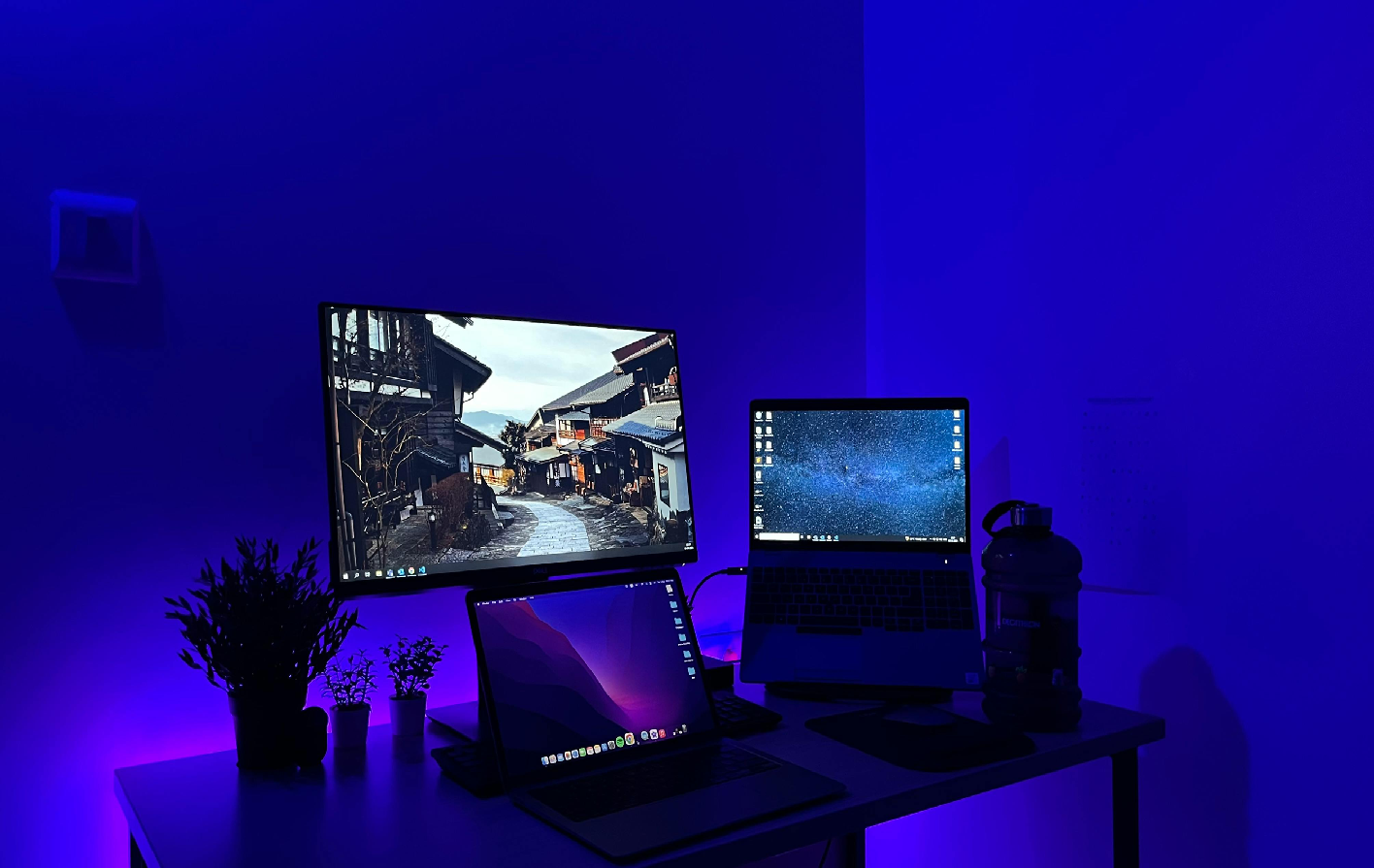

18/03/2025
Administrator
In today’s tech-driven world, understanding the distinction between a gaming computer and a regular computer is critical for making informed purchasing decisions. While both types of machines share foundational components, their design philosophies, performance capabilities, and use cases differ significantly. This article delves into the nuances that set these systems apart, providing a comprehensive analysis of hardware, software, and user experience.
The CPU serves as the brain of any computer, but its role varies between gaming and regular systems. Gaming PCs often prioritize high-clock-speed processors with multiple cores to handle complex physics calculations, AI behavior, and background tasks. Popular choices include AMD Ryzen 9 or Intel Core i7/i9 chips.
In contrast, regular computers—designed for tasks like web browsing, document editing, or video streaming—typically use mid-range CPUs like Intel Core i3/i5 or AMD Ryzen 3/5. These processors balance energy efficiency and cost without overkill performance.
| Component | Gaming Computer | Regular Computer |
|---|---|---|
| CPU | AMD Ryzen 9, Intel i9 | Intel i3/i5, AMD Ryzen 3/5 |
| GPU | NVIDIA RTX 4080, AMD RX | Integrated Graphics |
| RAM | 16GB–32GB DDR5 | 8GB–16GB DDR4 |
| Storage | NVMe SSD + HDD | SATA SSD or HDD |
The GPU is teh cornerstone of a gaming rig. Modern titles like Cyberpunk 2077 or Elden Ring demand dedicated graphics cards (e.g., NVIDIA RTX 40-series or AMD Radeon RX 7000) to render high-resolution textures, ray tracing, and smooth frame rates.
Regular computers, however, often rely on integrated graphics (e.g., Intel UHD or AMD Radeon Vega). These are sufficient for basic tasks but struggle with 3D rendering or gaming.
A gaming computer thrives under load, delivering 60+ FPS in AAA titles at 1440p or 4K resolutions. Features like G-Sync/FreeSync minimize screen tearing, while high-refresh-rate monitors (144Hz–360Hz) enhance responsiveness.
A regular computer, however, may falter with graphically intensive games. Titles like Fortnite might run at 30 FPS on low settings, but stuttering and lag are common.
Gaming PCs excel in multitasking due to ample RAM and multi-core CPUs. Editing 4K video, streaming, and running background apps simultaneously is seamless.
Regular computers handle light multitasking (e.g., web browsers, office suites) but may slow down with heavier workloads.
Gaming systems generate substantial heat, necessitating advanced cooling solutions. Liquid cooling, large heat sinks, and multiple case fans maintain optimal temperatures during marathon sessions. Overheating can throttle performance, making thermal design critical.
Regular PCs use simpler air cooling systems or even passive cooling, as their components consume less power.
Gaming rigs often feature RGB lighting, tempered glass panels, and aggressive designs. Customization options—from GPU backplates to cable management—cater to enthusiasts. Brands like ASUS ROG and MSI dominate this space.
Regular computers prioritize minimalism. Their designs blend into office or home environments without flashy elements.
Gaming PCs frequently include pre-installed tuning software (e.g., MSI Afterburner) for overclocking and hardware monitoring. Drivers are optimized for game compatibility and performance.
Regular computers focus on general-purpose software, with fewer customization tools.
| Factor | Gaming Computer | Regular Computer |
|---|---|---|
| Starting Price | $1,000–$3,000+ | $300–$800 |
| Long-Term Value | Upgradable, future-proof | Limited upgradability |
| Target Audience | Gamers, content creators | Casual users, professionals |
Choosing between a gaming computer and a regular computer hinges on your needs. Gamers and content creators benefit from the raw power and upgradability of gaming rigs, while casual users find better value in regular systems. By evaluating components like the CPU, GPU, and cooling solutions, you can make a decision that aligns with your goals and budget.
Remember: a gaming PC is an investment in performance, whereas a regular PC prioritizes affordability and simplicity.